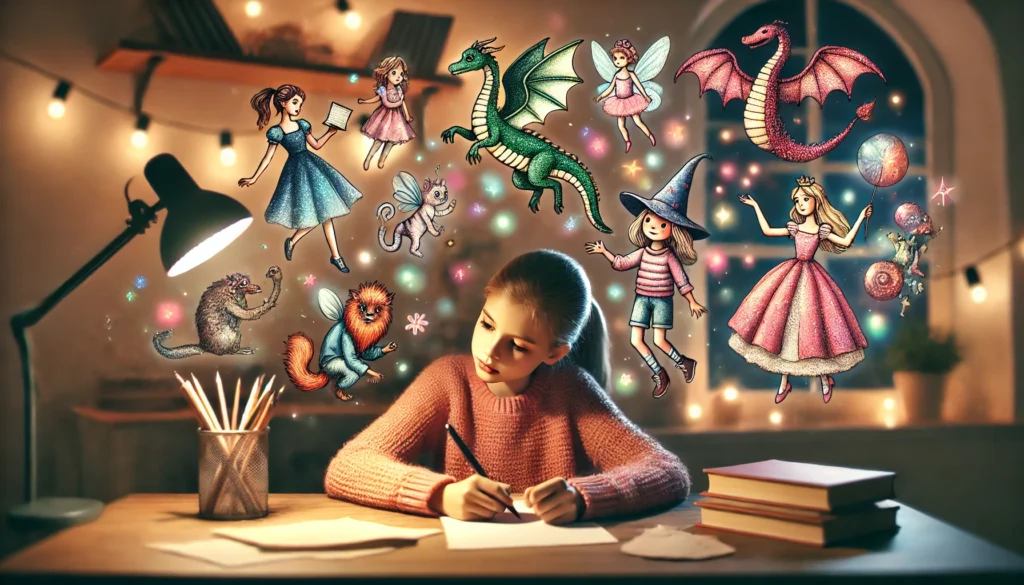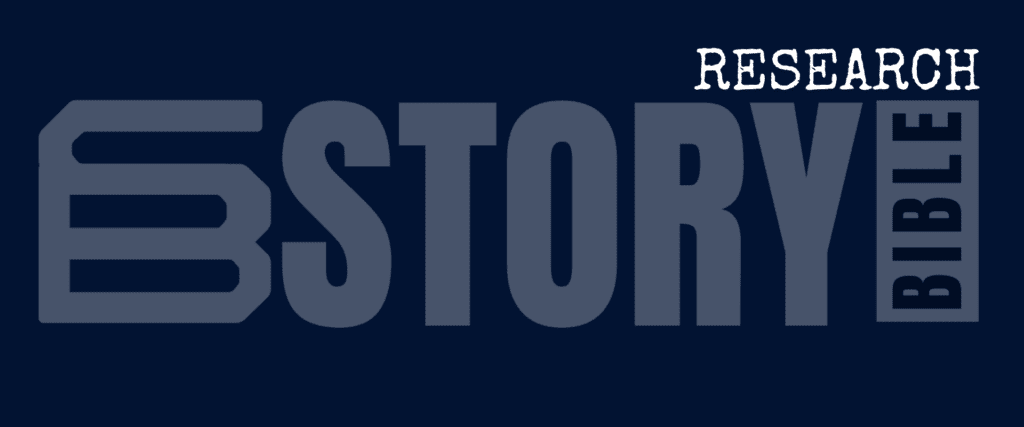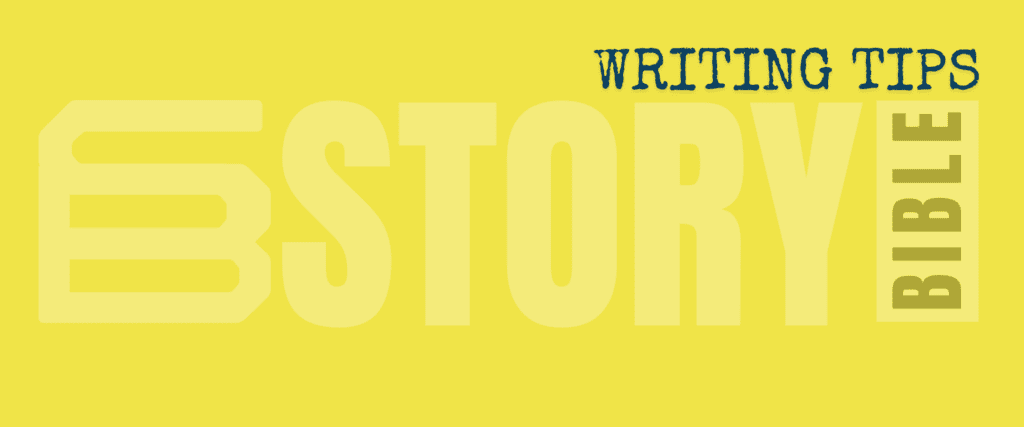The top 7 character roles in novels (and few for your own Story Bible).
When crafting a story, the cast of characters is critical in driving the narrative and shaping the plot. Different roles serve distinct purposes, creating tension, conflict, resolution, and emotional resonance. Each character plays a unique role in the narrative structure, whether they’re the hero fighting for a cause, the villain obstructing their path, or the love interest inspiring personal change.
In this article, we’ll explore the top seven character roles in a story: the protagonist, antagonist, deuteragonist, romantic interest, foil, confidant, and tertiary characters. We'll dive into each role, define it in the context of storytelling, and provide examples from well-known novels.
1. Protagonist
Definition: The protagonist is the main character around whom the story revolves. They are typically the hero or central figure, and the plot follows their journey, growth, and challenges. The protagonist usually has a goal or desire that drives the narrative forward, facing external and internal conflicts along the way.
Characteristics:
- Central to the narrative.
- Faces a central conflict or challenge.
- Typically undergoes the most significant development/change
Example: Harry Potter from Harry Potter by J.K. Rowling
Harry is the protagonist of this beloved fantasy series. The books follow his growth from an orphaned child to a powerful wizard who defeats the dark lord Voldemort. His arc involves confronting external threats (Voldemort and his followers) and internal challenges (his identity, friendships, and his place in the magical world).
Example: Elizabeth Bennet from Pride and Prejudice by Jane Austen
Elizabeth Bennet is the protagonist in Austen's classic novel. The plot centers on her personal growth, especially in her ability to overcome prejudice and misjudgment, and her evolving relationship with Mr. Darcy.
2. Antagonist
Definition: The antagonist opposes the protagonist. Often considered the "villain," the antagonist creates conflict and serves as an obstacle for the protagonist to overcome. However, antagonists aren’t always purely evil—they can be well-intentioned or even sympathetic, but their goals directly conflict with the protagonist’s.
Characteristics:
- Opposes the protagonist's goals.
- Can be a person, group, or even an internal force.
- Often presents the central conflict of the story.
Example: Lord Voldemort from Harry Potter by J.K. Rowling
Lord Voldemort serves as Harry Potter's primary antagonist. He embodies evil, power, and ambition, striving to conquer the wizarding world and eradicate those he deems unworthy. His ultimate goal directly conflicts with Harry’s, and their battle forms the crux of the series' conflict.
Example: Heathcliff from Wuthering Heights by Emily Brontë
In Brontë's gothic novel, Heathcliff can be seen as both a tragic protagonist and an antagonist, depending on perspective. His vengeful actions, driven by past love and betrayal, lead to the suffering of many characters, creating a sense of moral ambiguity around his role.
3. Deuteragonist
Definition: The deuteragonist is the second-most important character in a story. While they are not the main lead, they play a vital role in the protagonist’s journey. They can be a sidekick, a best friend, or even a rival who shares significant screen time or narrative focus.
Characteristics:
- Supports or challenges the protagonist.
- Often has their own subplot or arc.
- Can either be an ally or a foil to the protagonist.
Example: Dr. John Watson from Sherlock Holmes by Arthur Conan Doyle
Dr. Watson is the classic example of a deuteragonist. While the brilliant detective Sherlock Holmes is the protagonist, Watson is the loyal companion who helps solve cases and provides a more human perspective on the story. Watson often narrates the stories, which makes him indispensable to the narrative, even if he isn’t the lead.
Example: Ron Weasley from Harry Potter by J.K. Rowling
As Harry's best friend, Ron serves as a deuteragonist throughout the series. While Harry is at the center of the story, Ron supports him through many adventures, providing comic relief, loyalty, and moments of conflict (like their temporary falling out in The Goblet of Fire).
Compile your own cast of characters in our Story Bible available now on Amazon.


4. Romantic Interest
Definition: The romantic interest becomes the object of the protagonist’s affection or desire. Their relationship with the protagonist often drives emotional subplots and can provide motivation for the protagonist’s actions. The romantic arc often intersects with the main plot, whether it is a central focus or a secondary storyline.
Characteristics:
- Represents love, attraction, or desire for the protagonist.
- May serve as an emotional or moral guide.
- Can create additional tension if the romance conflicts with other goals.
Example: Mr. Darcy from Pride and Prejudice by Jane Austen
Mr. Darcy is the romantic interest for Elizabeth Bennet, the protagonist of Pride and Prejudice. Their evolving relationship, starting from misunderstanding and prejudice to mutual respect and love, is central to the novel’s plot.
Example: Peeta Mellark from The Hunger Games by Suzanne Collins
Peeta is the romantic interest of Katniss Everdeen, the protagonist of The Hunger Games. His unwavering love and loyalty to Katniss add layers of complexity to our reading of her and the story, especially as their relationship is manipulated for political purposes.
5. Foil
Definition: A foil contrasts with the protagonist, highlighting particular qualities of the main lead by offering a sharp difference. A foil doesn’t have to be an antagonist; in fact, they are often a friend or ally whose differing qualities serve to emphasize the protagonist's traits.
Characteristics:
- Contrasts with the protagonist to highlight their characteristics.
- Can be a friend, ally, or even an antagonist.
- Often represents an alternative path or perspective.
Example: Draco Malfoy from Harry Potter by J.K. Rowling
Draco Malfoy serves as a foil to Harry Potter. While they are both from similar backgrounds (magical families), their values, personalities, and choices starkly contrast. Draco’s arrogance, ambition, and eventual alignment with dark forces highlight Harry’s humility, bravery, and moral compass.
Example: Tom Buchanan from The Great Gatsby by F. Scott Fitzgerald
In The Great Gatsby, Tom Buchanan serves as a foil to Jay Gatsby. Both men love Daisy Buchanan, but their differences in personality and approach to life underscore key themes in the novel. Tom's arrogance and lack of moral compass contrast sharply with Gatsby's idealism and pursuit of a dream.
6. Confidant
Definition: The protagonist reveals their innermost thoughts and feelings to the confidant. They offer advice, support, and a sounding board for the protagonist, often serving as a way to explore the protagonist's internal conflicts.
Characteristics:
- Acts as a trusted advisor or friend.
- Provides insight into the protagonist’s mind.
- Often acts as a moral compass or emotional support.
Example: Horatio from Hamlet by William Shakespeare
In Shakespeare's Hamlet, Horatio serves as Hamlet’s confidant. He is one of the few characters whom Hamlet trusts, and through their conversations, Hamlet’s internal struggles with revenge, madness, and morality are revealed to the audience.
Example: Samwise Gamgee from The Lord of the Rings by J.R.R. Tolkien
Samwise is Frodo Baggins' loyal confidant. Throughout the perilous journey to destroy the One Ring, Sam supports Frodo emotionally and physically, acting as both a guide and a protector. His role as a confidant is crucial in revealing Frodo’s inner struggles.
7. Tertiary Characters
Definition: Tertiary characters, sometimes referred to as minor or background characters, populate the world of the story but do not play a central role. While they may not have significant character arcs, their presence adds depth to the story world and supports the main plot or subplots.
Characteristics:
- Do not directly drive the plot.
- Add realism and depth to the story world.
- Often serve as part of the protagonist’s journey or environment.
Example: The Townspeople from To Kill a Mockingbird by Harper Lee
In To Kill a Mockingbird, the townspeople of Maycomb serve as tertiary characters who create the setting and social atmosphere that surrounds the protagonist, Scout Finch. Although they are not central to the plot, their attitudes, behaviors, and prejudices profoundly influence the novel’s themes of racism and justice.
Example: Various Hogwarts Professors in Harry Potter by J.K. Rowling
Characters like Professor McGonagall, Professor Flitwick, and Madam Pomfrey serve as tertiary characters in the Harry Potter series. While they don't drive the central narrative, they flesh out the world of Hogwarts and influence the main characters' journeys.
Conclusion
Each of these roles—the protagonist, antagonist, deuteragonist, romantic interest, foil, confidant, and tertiary characters—plays a vital part in storytelling. They interact in dynamic ways to create conflict, support the narrative, and evoke emotions from the reader. The roles are flexible and can overlap or evolve, but understanding the distinct functions of each helps writers craft a well-rounded and compelling cast of characters and their relationships.
Questions to Consider
Can a character change roles?
What about anti-heroes?
Do we have to like the lead character?
Need help to build your own Story Bible - download our FREE checklist >>


